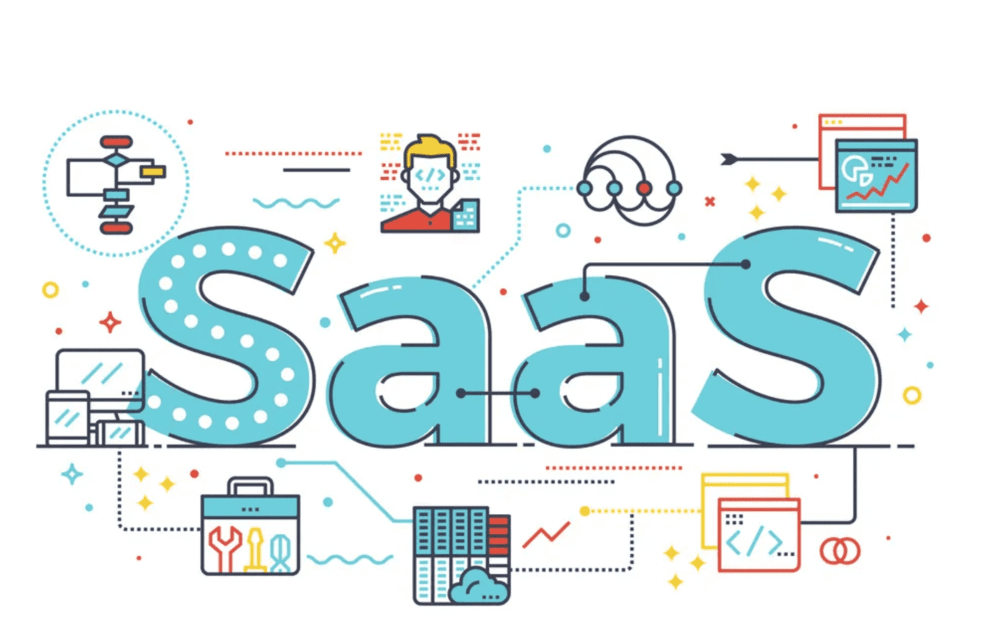SaaS is a cloud-based software licensing model that allows access to data from any device with an internet connection and a web browser. SaaS operations consist of minimizing the cost of unused SaaS products and maximizing their use. Across industries, software as a service has become a more viable option due to its functionality, accessibility, and versatility.
The IT industry’s SaaS operation management has become an essential part of the IT sector, allowing a company to manage and secure its SaaS applications. With the current growth rate, Gartner estimates that cloud application services (SaaS) spending will reach 195,208 million USD by 2023.
Related article: How Help Desk Software is Importance for Your Business
IT Operation Management in the SaaS Era
Since SaaS applications are used daily in IT environments, IT teams can use them to handle recurring IT Operation management activities like access requests, assigning tasks, applying threat remediation, etc. Though implementing SaaS Operations Management (SaaSops) and SaaS Management Platforms (SMP) is most beneficial for the IT team, it helps all the departments across the organization. SaaS-based operation management tools can help with overall efficiency, productivity, quicker resolutions, and task automation, among other things.
With so many advantages to reap, organizations from all laterals are moving their IT operations to SaaS.
Here’s why you should consider SaaS IT operations management.
High Scalability: SaaS allows your company to scale up as the needs change rather than investing in software licensing and server capacity.
Easy accessibility: Cloud-based SaaS apps allow companies to access the data from any digital device or location, providing a much more accessible work environment for remote workers.
Enhanced Data Integrity: While software applications require weekly data backups, SaaS eliminates this time-consuming process without human involvement, ensuring data integrity.
Lower costs: SaaS IT Operation Management (SOM) has lower hardware and software license costs than on-premises software solutions due to their multi-tenant nature.
No Upgrade hassle: SaaS providers handle the software upgrades and bug fixes over time, thus freeing up the business from the time involved in the process.
These are just some of the many advantages that SaaS Ops offer.
What to expect in 2023 for SaaS IT Operations Management?

With the growth of cloud technology, the whole business operation has been brought under cloud services. As predicted by Gartner, cloud services will grow by 16.8% in 2023. According to these predictions, by 2025, over 85% of corporate computing will be delivered via SaaS, leading to the emergence of SaaS trends.
Following are a few trends that could dominate SaaS in 2023.
Emergence of vertical SaaS products: SaaS products fall into vertical and horizontal categories based on their focus. SaaS Horizontal addresses the company’s everyday problems, whereas SaaS Vertical addresses industry-specific issues. A company can benefit from upcoming cost-effective and industry-specific vertical and horizontal SaaS solutions.
Data-as-a-Service (DaaS): DaaS is cloud-based data management software for data collection, storage, integration, and analytics. These can help companies with making important strategic and operational decisions more quickly and increase the quality and reliability of their data.
Low Codes/No Codes: The concept of no-code and low-code development platforms has been on everyone’s mind. Without code, designers and developers can spend more time and money on innovation and addressing the industry’s everyday concerns. Watch out for new low/no-code platforms.
Artificial Intelligence: SaaS has undergone significant changes due to the advent of artificial intelligence (AI). Expect the usage of AI in SaaS models to lead to high-quality supportive services like chatbots, security breach identification, advanced user guidance, and SaaS onboarding.
Machine Learning: Machine learning is a subset of artificial intelligence that focuses on learning abilities and data processing. As an autonomous operational model, ML focuses more on internal operations than customer experience. With a fresh innovation in ML, SaaS-style self-improvement will be improved, leading to improved processes and intelligence.
SaaS Super-Apps: The Super-Apps platform delivers consistent and personalized app experiences to providers, giving them a competitive advantage. A super-application is more than an application that offers multiple features and services in one place. The trend is expected to grow in 2023, especially in the SaaS B2B space, where businesses will combine various APIs into a single API.
Related article: The Insider’s Guide to IT Operations Management Tools
To Wrap-up:
In the SaaS sector, adopting modern technologies such as Zero-coded platforms, Artificial Intelligence (AI), Machine Learning (ML), etc., will promise a progressive future. Digital transformation will continue to accelerate across the globe, resulting in a more robust SaaS industry that provides a more straightforward and ingenious solution for everyone. Some tools can be vital to achieving more efficient and scalable processes. Imagine what the future can bring in this space, with so much expected in one year.






















